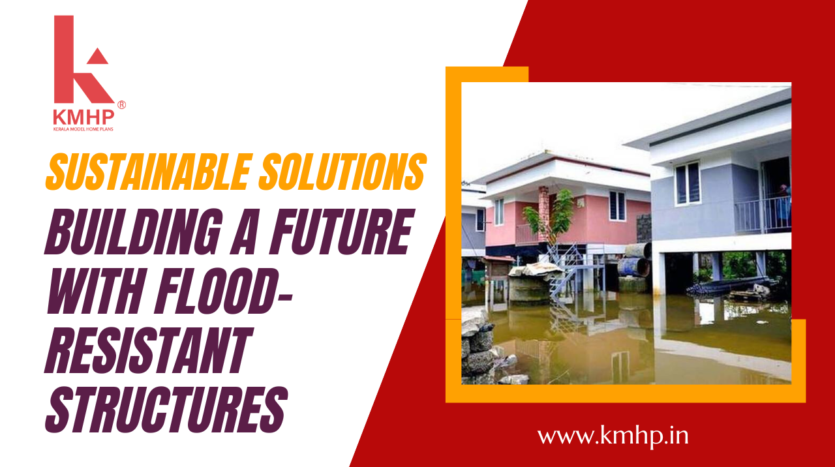In a world grappling with the escalating impacts of climate change, the urgent need for sustainable measures to combat natural disasters like floods has come to the forefront. Flood-resistant structures emerge as a beacon of hope, offering a pathway to resilience in regions prone to flooding. By integrating innovative design methods and eco-friendly materials, these structures not only mitigate flood-related damages but also promote sustainable development and environmental conservation. Let’s explore the transformative potential of flood-resistant structures in shaping a future that is both resilient and sustainable.
Understanding the Importance of Flood Resistance
Floods rank among the most devastating natural calamities, wreaking havoc on infrastructure, property, and lives. In flood-prone areas, constructing flood-resistant structures becomes paramount to mitigating flood impacts and safeguarding vulnerable communities. These structures are engineered to withstand the forces of floodwaters, reducing structural damage and ensuring the safety of inhabitants.
Embracing Innovative Design Principles for Flood Resilience
Flood-resistant structures incorporate innovative design principles to enhance resilience against flooding. Elevated foundations, flood barriers, and impermeable materials serve as protective measures against water intrusion and flood-induced damages. Features like flood vents and permeable pavements aid in efficient drainage, minimizing the risk of structural inundation and waterlogging.
Championing Eco-Friendly Materials and Construction Techniques
In addition to flood resistance, these structures prioritize eco-friendly materials and construction methods. Bamboo, recycled plastics, and reclaimed timber offer sustainable alternatives for flood-resistant construction, minimizing environmental impact. Green building practices like passive solar design and rainwater harvesting further enhance sustainability, fostering harmony with the environment.
Fostering Community Engagement and Resilience Building
Flood-resistant structures serve as catalysts for community engagement and resilience building. Involving local communities in design and implementation fosters ownership and stewardship, ensuring structures meet their needs. Educating communities about flood risks and preparedness empowers them to proactively respond to flooding, enhancing overall resilience.
Advocating Sustainable Development and Environmental Preservation
Beyond flood mitigation, flood-resistant structures advocate for sustainable development and environmental preservation. By reducing the need for post-flood reconstruction and repair, they minimize resource depletion and carbon emissions. Integration with green infrastructure promotes ecosystem resilience and biodiversity conservation, promoting a symbiotic relationship with nature.
Conclusion: Forging a Resilient and Sustainable Future
In conclusion, flood-resistant structures offer hope for resilience and sustainability in the face of climate challenges. Through innovative design, eco-friendly materials, and community engagement, they pave the way for a future that is resilient, sustainable, and equitable. As climate change exacerbates flooding, investing in flood-resistant structures becomes essential for protecting lives, livelihoods, and ecosystems.
- Eternal Charm: Timeless Elegance in Kerala Designs - April 25, 2024
- Sustainable Solutions: Building a Future with Flood-Resistant Structures - March 28, 2024
- Tiny Living, Big Dreams: Master Small Space Optimization Like a Pro - March 26, 2024

